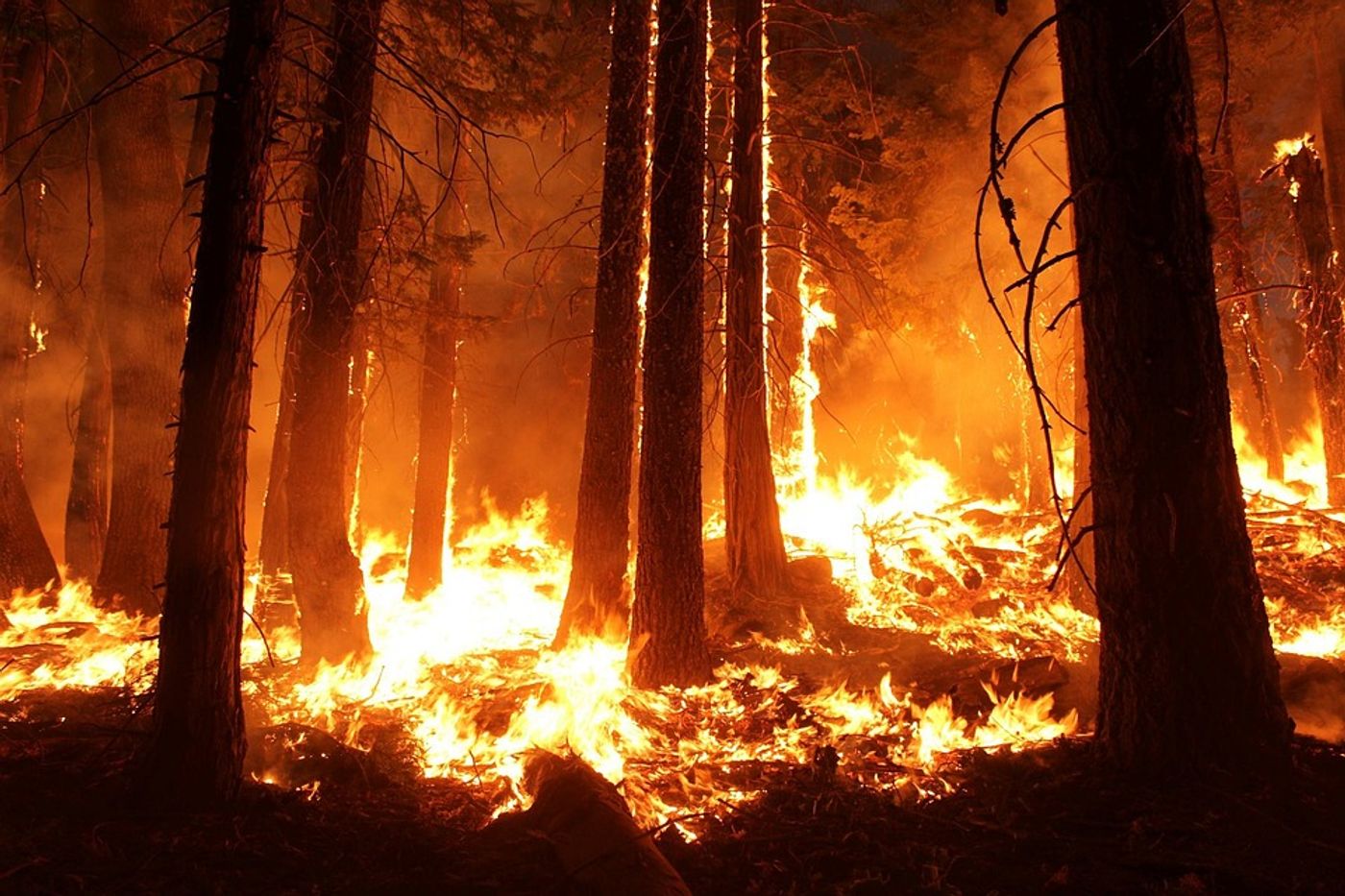Almost all forest fires are caused by humans, new study reports
New research published in the journal Fire reports that 97% of wildfires in the US that threaten homes are started by humans themselves. The report draws on an analysis of housing and wildfire data and concludes that activities like debris burning, equipment use, and arson are the major ignitions (pun intended) for wildfires.
Led by a team from the University of Colorado Boulder, the study says that previous estimates of wildfire damage and risk did not accurately assess the harm done by small fires. According to the team’s findings, almost 59 million homes in the wildland-urban interface were situated within one kilometer of fires.
"We have vastly underestimated the wildfire risk to our homes," said lead author Nathan Mietkiewicz, who led the research as a postdoc in Earth Lab, part of CIRES at the University of Colorado Boulder. "We've been living with wildfire risk that we haven't fully understood."
Mietkiewicz and his teammates analyzed data from 1.6 million government spatial records of wildfire ignition between 1992 and 2015 in addition to 120,000 incident reports from Earth Lab and 200 million housing records from a real estate database from Zillow. As reported by Eureka Alert, they described the following conclusions:
- Humans caused 97% of all wildfires in the wildland-urban interface, 85% of all wildfires in "very-low-density housing" areas, and 59% of all wildfires in wildlands between 1992 and 2015.
- Human-started wildfires are expensive, eating up about one-third of all firefighting costs.
- Overall, about half of fire suppression costs were related to protecting houses in all locations: the wildland-urban interface, low-density housing areas, and elsewhere.
- Most human-caused wildfires were relatively small (<4 km2) but were responsible for most homes threatened (92%).
- The wildland-urban interface represented only 10% of U.S. land in 2010 but was the site of 32% of all wildfire ignitions.
- The wildland-urban interface is also expanding our vulnerability, between 1992 and 2015, we built 32 million new homes in the wildland-urban interface.
These findings should help to guide fire and land management policymakers, says the team, citing the need for urgent action due to the rising threats from climate change, especially in the wildland-urban interface. "Smokey Bear needs to move to the suburbs," Mietkiewicz comments. "If we can reduce the number of human-caused ignitions, we will also reduce the number of homes threatened by wildfires."
"Our fire problem is not going away anytime soon," said co-author Jennifer Balch, director of Earth Lab, a CIRES Fellow, and associate professor of geography. "This provides greater justification that prescribed burns, where safe, can mitigate the risk and threat of future wildfires," Balch said. "We essentially need to build better and burn better."
Sources: Fire, Eureka Alert









